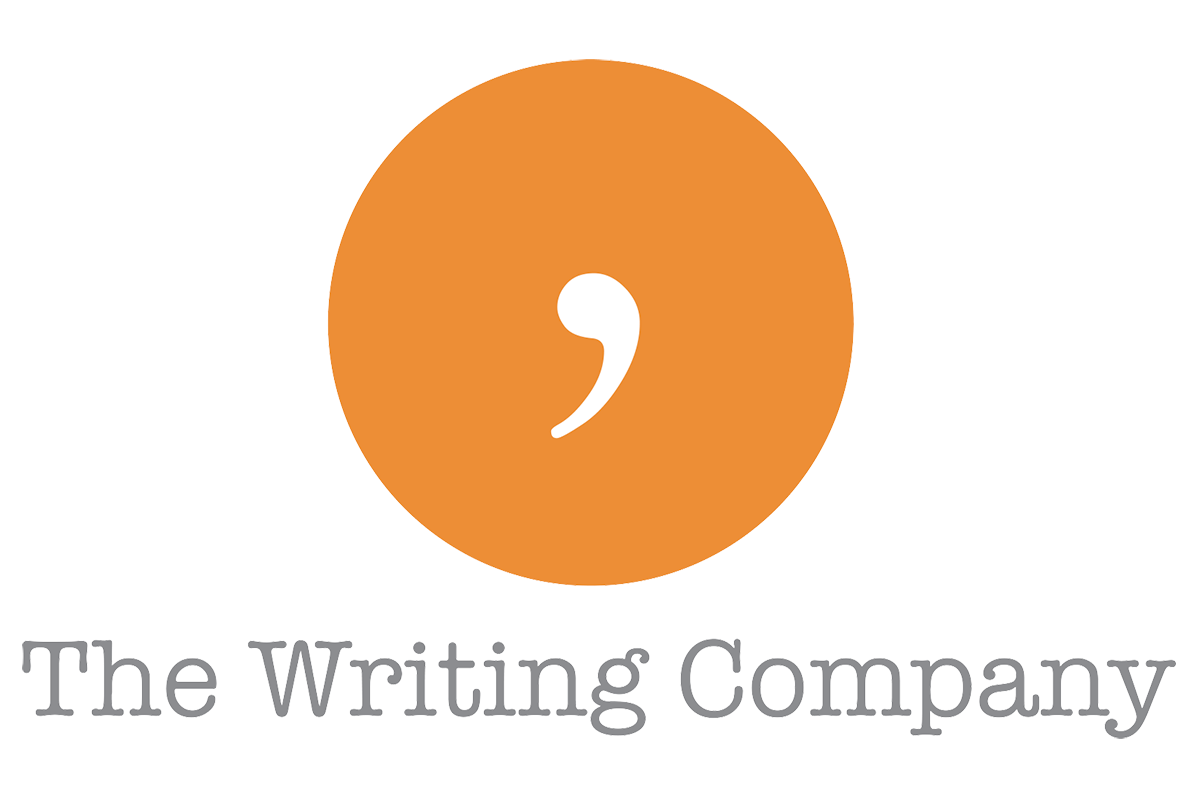What a proofreading pro wants you to know
Judy Marchman, head of proofreading and copy editing at The Writing Company, has been rescuing writers for more than three decades. We recently asked her about the difference between proofreading and copy editing, what she wishes all writers knew and how to focus amid all the distractions.
How did you get started as a proofreader and copy editor, and what kept you at it?
My first job out of college 32 years ago was as a staff writer at a weekly magazine about horses. We all pitched in to copy edit and proofread the hard copy proofs before they went to press every Monday. I learned by doing, and I became good at it. A colleague used to call me “eagle eye.”
I love the challenge of getting copy as clean as possible. I’m a writer as well as a proofreader and copy editor, and I like getting better at editing my own material.
What exactly is the difference between proofreading and copy editing?
Proofreading technically is the final read before copy goes to press. By that point the copy should be all but final; you’re looking for errors like typos and bad spacing, checking punctuation and image quality, and so on.
Copy editing involves reviewing copy when it’s less refined. You’re looking in depth at sentence flow, grammar, word choice and the like—things that should be caught before the copy gets to the proofing stage.
What would you like all writers to know?
Not everything needs to be capitalized! Writers in the business world tend to be overly generous with capital letters. When everything’s important, nothing is.
I’d also like to remind writers everywhere to use active verbs. Writers often use passive voice—“it was noted” or “it was determined”—to avoid assigning agency. Who did it? Your reader probably wants to know.
And if you familiarize yourself with your organization’s style guide, you can avoid a lot of errors.
What is your proofreading process?
I’ve learned it doesn’t work to divide my focus. I review a piece multiple times, each time zeroing in on a specific set of tasks.
On the first pass I look at things like grammar, flow and spelling, including checking hyphenations, whether a term is one word or two, and so on. Subject matter-specific knowledge is helpful. For example, investment writing often includes terms that either aren’t used outside the investing world or are used differently. It’s helpful to know what these terms are and how they should be used.
In the next pass, I focus on style. Does the copy follow the style guide?
My third time through the document I review layout, including checking pagination and page and column breaks. Do the images look right? Do they cover any text? Do all captions have the same style, alignment and font size? If there are numbers in the copy and a chart, do they match? I have a whole checklist.
There’s a saying that it’s not what you don’t know that gets you into trouble, it’s what you know for sure that ain’t so. What do writers know for sure that ain’t so?
Rules around grammar, style and word usage help us communicate consistently and clearly, but they evolve. Some writers dig in their heels about rules they learned in high school or college. To wit:
You don’t need two spaces after a period. Really!
Splitting infinitives is okay if the sentence would be awkward or confusing otherwise.
And in less formal writing, “whom” is typically used mainly if a phrase would sound strange without it. You wouldn’t write “To who it may concern,” obviously. But “Who did you give the gift to?” works just as well as “To whom did you give the gift?” (And yes, you can end a sentence with a preposition.)
Good proofreading takes a degree of focus that most of us struggle to achieve. How can the rest of us learn to be more like you?
Focus is a skill you can develop with practice. Silence your notifications and work on bearing down hard on your copy over and over again. Over time, you will get better and so will your writing.

